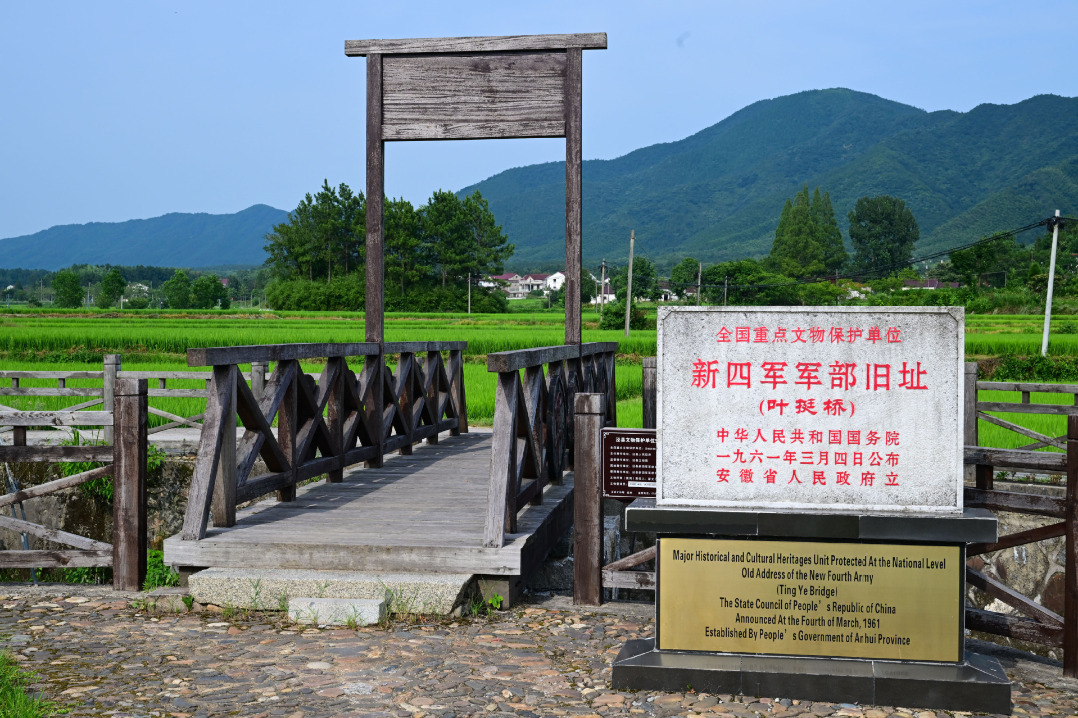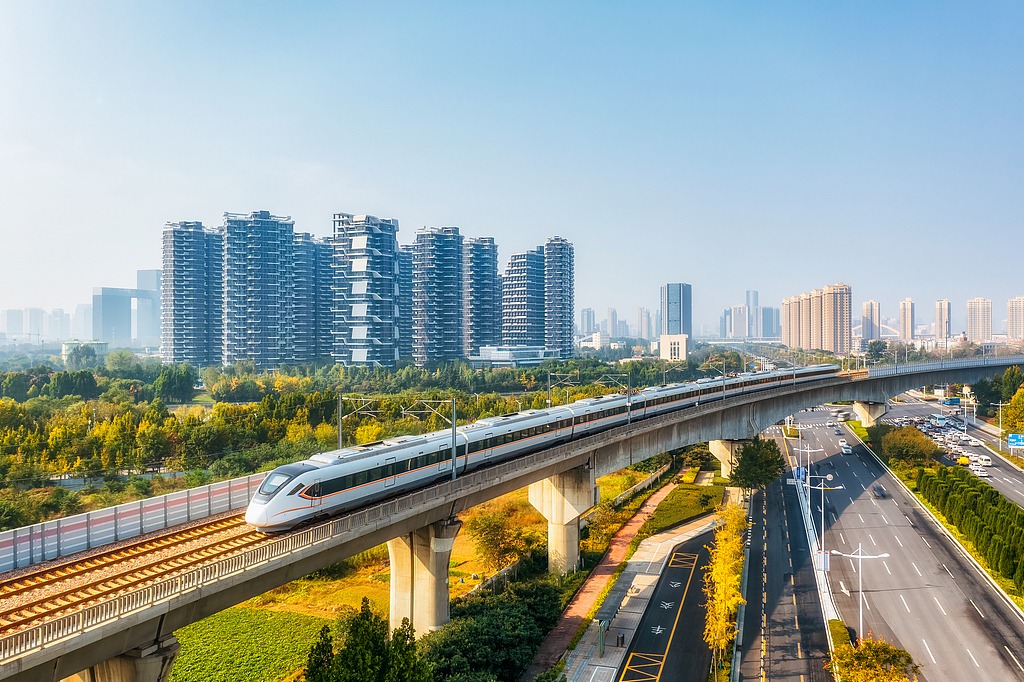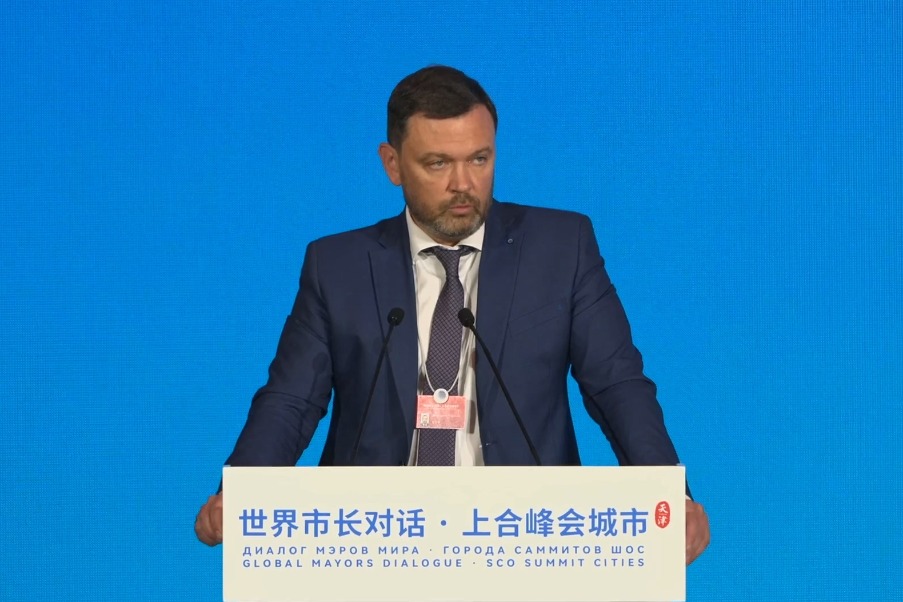Beijing air pollution moves deliver results

Beijing saw a remarkable improvement in its air quality during the first three quarters of the year, with the concentration of PM2.5 — tiny particulate matter that is harmful to health — being recorded at 32 micrograms per cubic meter, which indicates a positive development in controlling air pollution.
According to the city's Ecology and Environment Bureau on Wednesday, a PM2.5 concentration of 32 micrograms per cubic meter during the first three quarters is the second-best level in its history.
Previously, the concentration of PM2.5 in Beijing during the first three quarters recorded 28 micrograms per cu m, which was the best to be recorded.
In recent years, Beijing has taken significant measures to combat air pollution. With the implementation of various initiatives, such as rigorous VOC (volatile organic compounds) emissions control, measures to reduce dust pollution and the promotion of clean energy sources, the city has made notable strides in tackling the problem.
The continuous decrease of PM2.5 in the city demonstrates the effectiveness of these measures. This improvement has brought about positive changes to the overall air quality, making the city's environment healthier for its residents.
- Domestic single-dose flu drug approved
- Water mahjong games cool visitors in Chongqing
- Sanya to host sixth Asian Beach Games in April
- Guangdong, Hong Kong and Macao to jointly hold entrepreneurship competition
- China approves rice-derived recombinant human albumin injection
- Hundreds attend 5th TCM Culture Festival in Tianjin





































